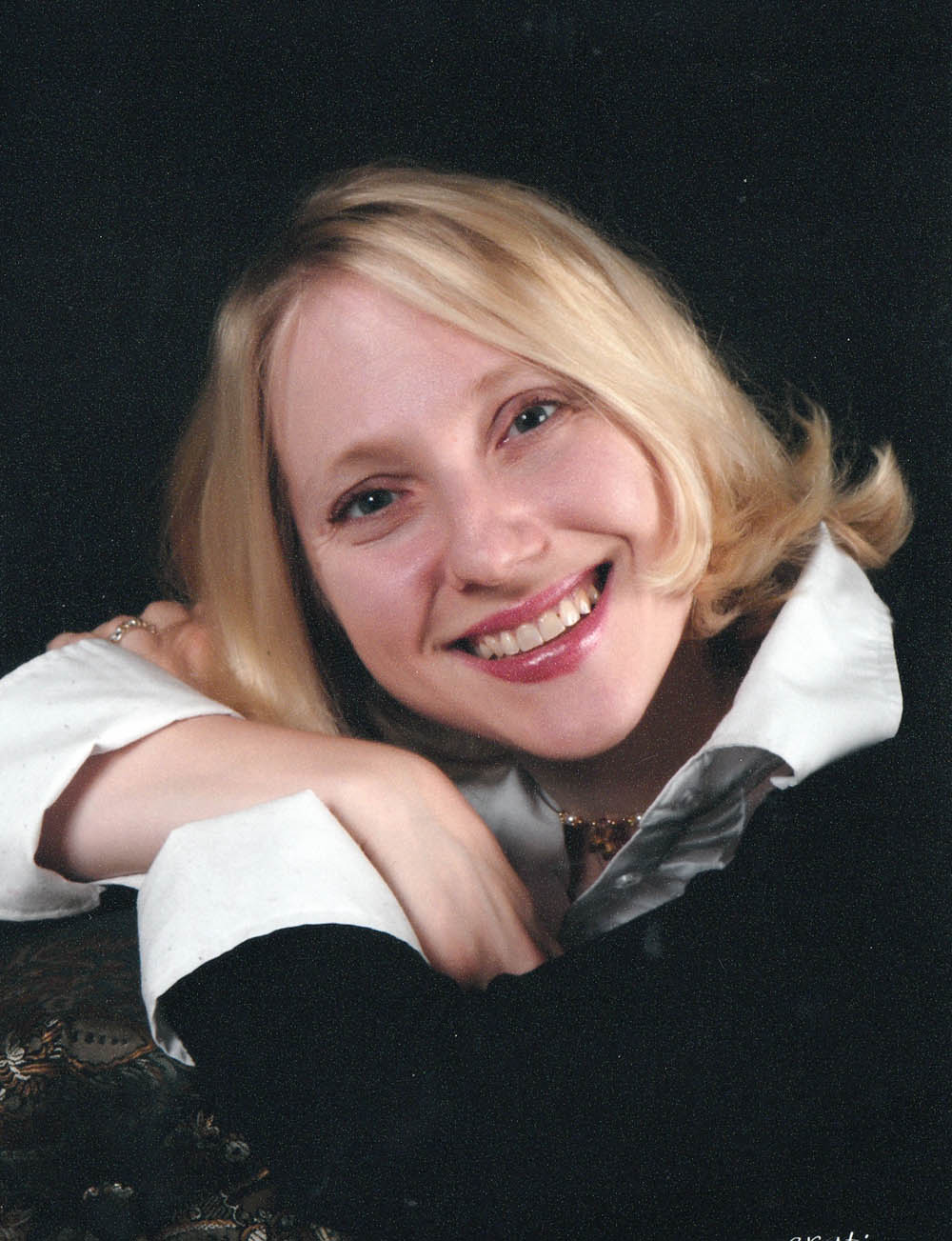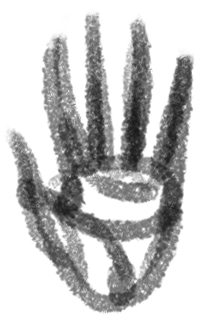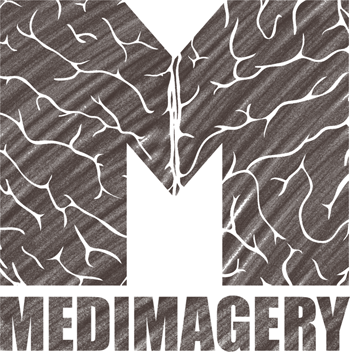
My first Post: I am here as a Medical Illustratror, Artist, & Seeking Patterns
What does the body tell us about the universe?
Personal Reasons for Writing and Posting my Work Here
Seeking Patterns
What can we learn about the design of the universe, as we look to the body for clues? Fractals, the Fibonacci number and golden ratio, the Aleph, and Occam’s Razor: these are all patterns we find in nature and biological forms. Can we make better predictions as we explore our world, predicting unknowns better if we are familiar with the places where these patterns might occur? My question finds me at a somewhat broken place where I have observed a great deal of disconnectedness. It is the goal of both artists and scientists to find patterns. But recently I am beginning to find deeper connections in the patterns, personal resonance. I wonder if this sense is real. I want to explore both personally and professionally the connections I find there.At first my entries may not seem to be connecting medicine to deeper questions of design and they may seem broad and far afield. But with time, perhaps years, I hope to approach this question legitimately.
-Laura Maaske, January 1, 2011
Professional Reasons for Writing and Posting my Work Here
About Medical Illustration
 With a Master’s of Science degree in Biomedical Visualization from the University of Toronto, she is bound to amaze you with wildly colorful, graphically outrageous images and an interesting insight into her world. Simply combine anatomy, physiology, pathology, embryology, histology, with design, airbrush, carbon dust, pen and ink and there you’ll have it; the beauty and wonder found in the human body as seen and expressed by a master illustrator. Collaborating with scientists, physicians, and other specialists, medical illustrators serve as visual translators of complex technical information to support education, medical and bio-scientific research, patient care and education, public relations and marketing objectives.
With a Master’s of Science degree in Biomedical Visualization from the University of Toronto, she is bound to amaze you with wildly colorful, graphically outrageous images and an interesting insight into her world. Simply combine anatomy, physiology, pathology, embryology, histology, with design, airbrush, carbon dust, pen and ink and there you’ll have it; the beauty and wonder found in the human body as seen and expressed by a master illustrator. Collaborating with scientists, physicians, and other specialists, medical illustrators serve as visual translators of complex technical information to support education, medical and bio-scientific research, patient care and education, public relations and marketing objectives.
Laura did her masters research on interactivity in computer design and experimenting with the small world being offered by a computer interface. Laura explains, ?It was like science itself, in a nutshell. I wanted to be creating small worlds where you were able to learn how things worked.?
If you review Laura’s website, you’ll notice she states that all of her work is done by hand. Once again, having been trained in traditional art, she always begins with a hand-sketch. ?Bringing the work (sketch) to the computer is a useful step in the process, but I do this only when I feel I have captured the essential movements and curves on paper that are to be the underlying focus in the final piece.? Every project that Laura creates is custom done. In the inception of each one she questions, ?What does this individual piece have to say to its audience?? Only then can she truly begin to develop the perfect concept for her final piece.
What is the most difficult question to ask such a complex artist? What project are you the most proud of and why? Laura replies, ?As an artist, I am in search of a balance between the chaos and rich excess of information being offered in the surgical scene and simple educational objectives about that particular procedure. There is a particular series of surgical illustrations which gave me insight about this balance. It had been a goal of mine to render the surgical scene in a way as if the surgeon were operating in a clean field. It was my job to clear away what a photograph could not. But it occurred to me as I was beginning to draw the series that perhaps I was avoiding something beautiful about the nature of surgery, to avoid the dissolution. During a surgical procedure, the tissues become a little swollen, and there is some bleeding, and this is all understood as a way of adapting the body for a healthier state of being when the surgical procedure is done. But it seems like a contradiction: destruction first before healing. We open the body, aware of this small loss, in favor of a greater gain. So I decided to render this dissolution in my surgical series. The results worked in a way that seemed very natural to me, compared to what my cleaner renderings had been as in previous work. This lesson made this project very special.?
Laura Maaske, MSc.BMC. Biomedical Communicator





